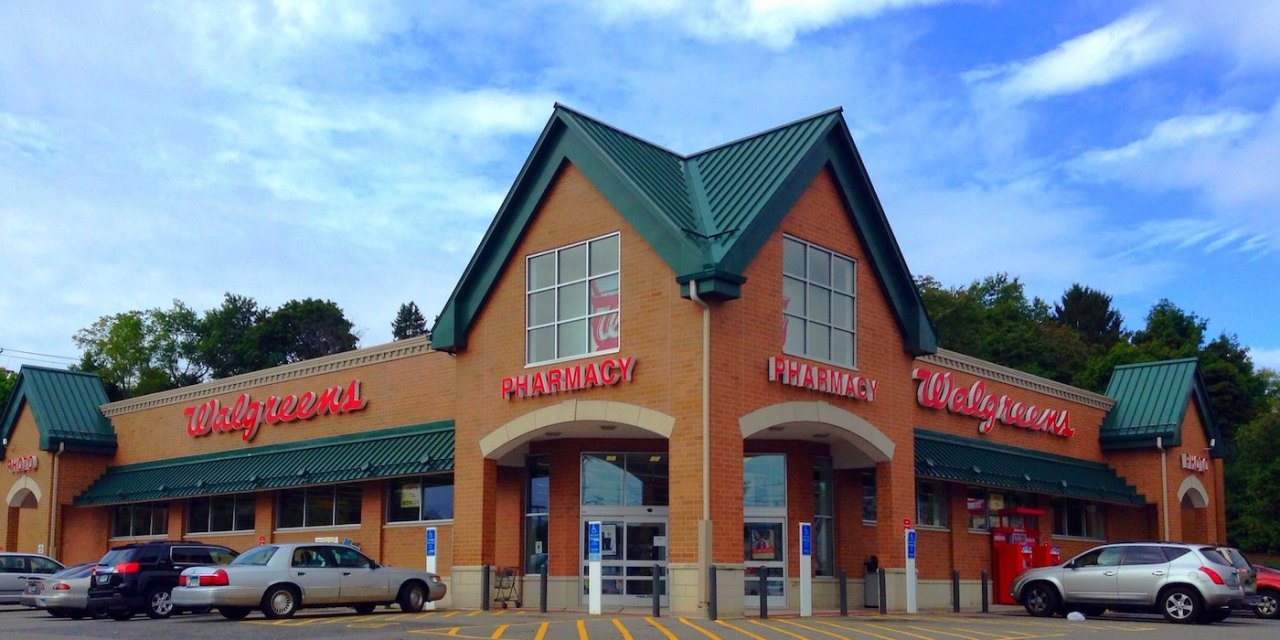‘The front store is struggling’: Drug store chains look to figure out their purpose

Walgreens is reportedly looking to go private, highlighting just how difficult it is for drug stores to remain relevant as a mix of big-box and online competitors encroach upon its retail business. For some of them, that’s meant branching out into new categories or extending their reach, for others, it’s meant entirely new business lines.
Chains like CVS and Walgreens are finding they have to carve out a new identity to convince shoppers to still visit their stores. More shoppers are considering using Amazon or telehealth startups like Hims and Ro to get their prescriptions delivered directly to their door.
As a result, they may cease to visit CVS or Walgreens for their monthly or weekly prescription altogether. That also means that they’re less likely to buy basic household goods from these stores, which they may be able to get better deals on by visiting Amazon or Target or Walmart’s website anyways.
One of the biggest challenges drug stores face right now is that a large portion of sales are not only from medications, but also from sales of snacks, magazines and other consumables — often referred to as front store sales.
“The front store is really struggling, and it’s really lost its purpose as a major traffic driver,” Ben Antenore, drug industry analyst for Kantar Consulting said.
During its fiscal fourth-quarter earnings last week, Walgreens reported a net income of $677 million, down 55% compared to the year prior. While Walgreens reported that sales from its pharmacy business increased 4.2% last quarter, its sales from non-pharmacy products dropped 1.2% year-over-year. Walgreens’ retail business has reported a sales drop for 12 consecutive quarters.
Walgreens’ strategy to get its customers to buy more has mainly centered around adding more health and wellness products. Last week, it announced a partnership with weight loss company Jenny Craig to open 100 of shop-in-shops selling its products within Walgreens stores. It also has an ongoing partnership with Kroger to carry more of the grocery chain’s private-label products and meal kits within stores.
But none of these partnerships are at a significant enough scale yet where they can drive meaningful sales growth for Walgreens. Take Walgreens’ partnership with Birchbox: This year it has opened 11 permanent Birchbox shop-in-shops within its stores. In time for the holidays, it plans to ramp up Birchbox’s presence by opening 500 more pop-ups within Walgreens stores. But that’s still just a fraction of Walgreens’ 10,000 stores.
The company is also finding that it has to constantly remodel stores to improve the shopping experience. That’s an expensive and time-consuming investment for a drug store chain like Walgreens, which has more than 10,000 stores. Walgreens said that its biggest uptick in costs during the fourth quarter came from closing unprofitable stores and laying off employees.
Walgreens’ biggest competitor, CVS, meanwhile, has bet its revenue diversification on its acquisition of insurer Aetna, which was finalized last year. That gives CVS more control over the journey of a shopper, according to Antenore, now that CVS is both the insurance provider and the pharmacist.
“They [Walgreens] are relying a lot more on their retail revenue or prescription revenues to increase profitability,” Mickey Chadha, a senior credit officer at Moody’s said.
CVS’ ownership of Aetna allows it to justify more costly investments in its stores to shareholders, as it can argue that investment in health services will both increase sales at CVS, and drive down insurance costs at Aetna in the long-term.
The chain announced earlier this year that it would be remodeling 1,500 of its more than 9,000 stores by 2021. These 1,5000 stores will be turned into what CVS calls Health Hubs. These stores will offer more health services from specialists like dietitians and nurse practitioners. Twenty percent of floor space will be dedicated to health and wellness products, while shrinking the amount of floor space dedicated to non-health related products like junk food and cleaning supplies.
Walgreens, meanwhile, is looking to open more primary care clinics within its stores, and has announced a partnership with Lab Corp to open diagnostic testing centers in 600 of its stores within the U.S. But it has fewer potential partners to work with compared to CVS, who has more connections to primary care providers and other specialty health clinics by extension of owning Aetna.
Both Walgreens and CVS will continue to face pressure in its pharmacy business as other big-box retailers see an opportunity to become a more convenient provider of medications than these chains have historically been. CNBC reported today that Costco and Instacart are partnering to test one-hour pharmacy delivery.
While it’s too soon to tell how going private could impact Walgreens, one thing it could allow Walgreens to do is to invest more in stores without feeling the pressure to justify the investments to Wall Street.
“The kinds of changes that Walgreens needs — they’ll need to execute some serious investment,” Antenore said. “At the moment I don’t think Walgreens would allow that with the short-term thinking they are famous for.”

